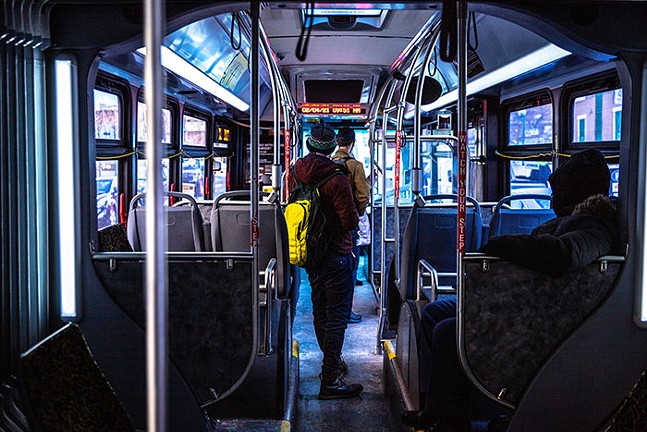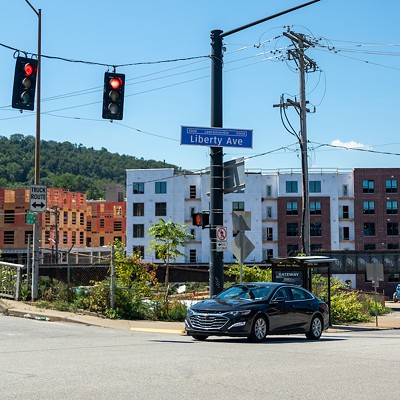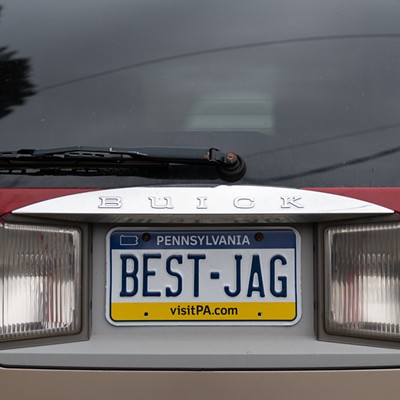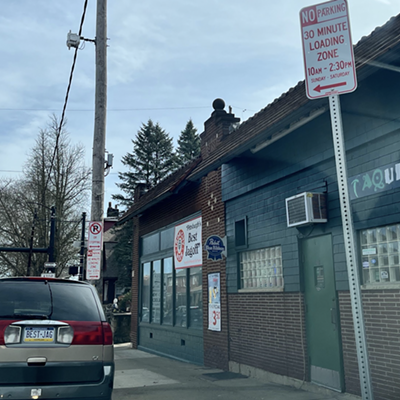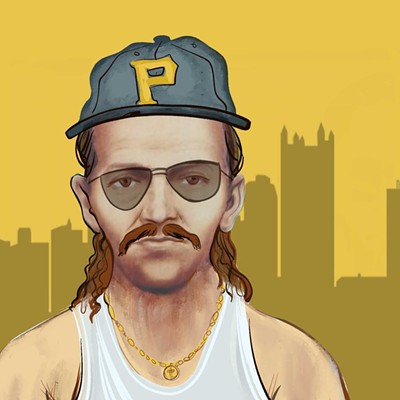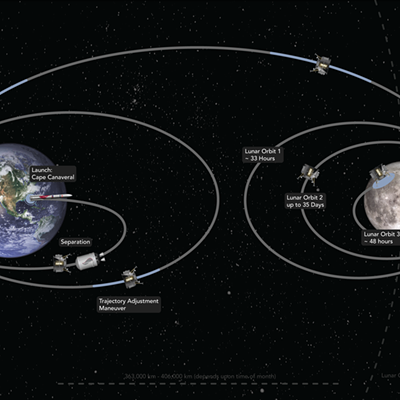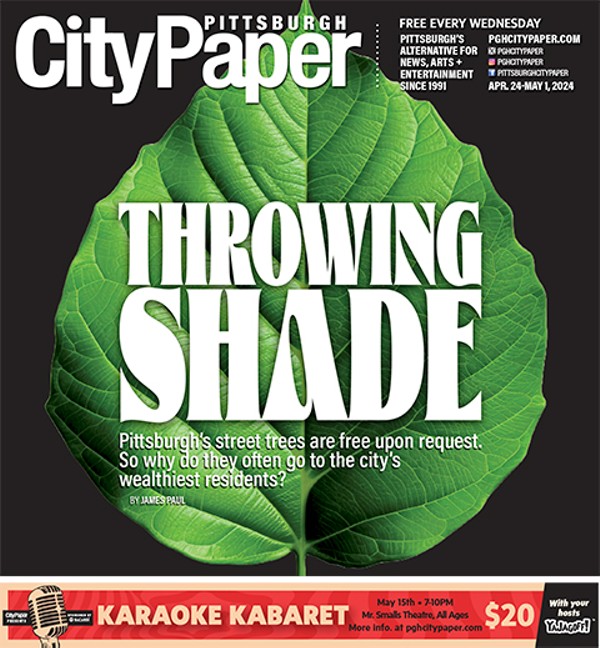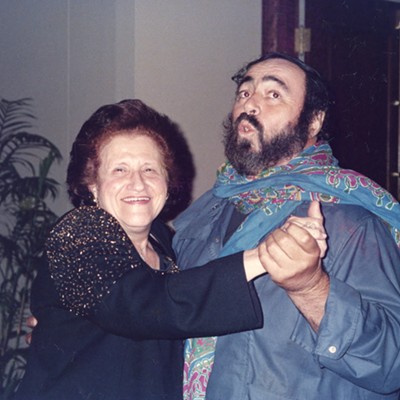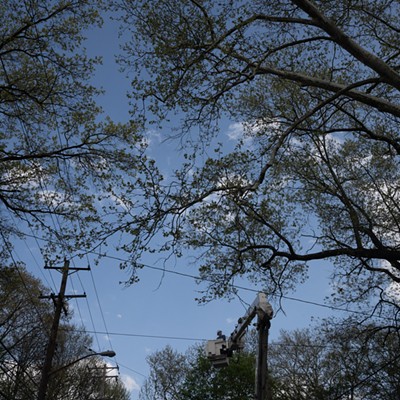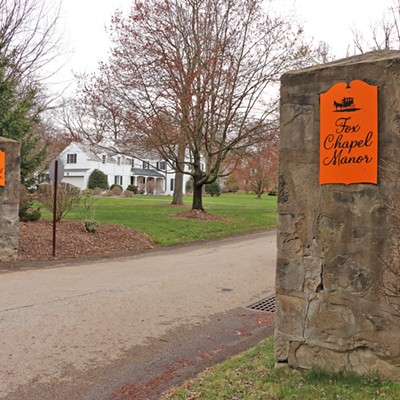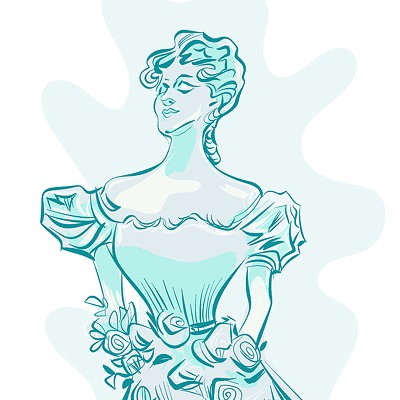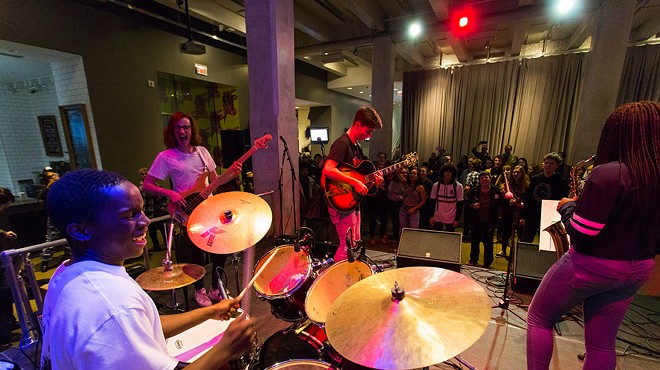Bus Rapid Transit, a new transit plan being implemented in Pittsburgh, may have long-lasting impacts on people commuting between Downtown, Uptown, and Oakland.
Pittsburgh Regional Transit promises the Bus Rapid Transit plan will deliver “fast, comfortable, and cost effective services via dedicated lanes and frequent operations.” The aim of this project is to reduce delays which regularly occur during rush hour and other peak traffic times.
The plan proposes multiple service changes, largely affecting the Downtown and Oakland areas. The routes start Downtown, running through Uptown and into Oakland. Bus lanes will also be installed in order to reduce bus congestion for inbound and outbound commuters. Accompanying the lanes, benches, lighting, and ticket vending machines will be installed at each station.
A bus rapid transit plan an internationally recognized and used form of transportation. Otherwise known as a busway, its intention is to create a more reliable bus system.
According to Duquesne Light’s website, the company is working to replace, “2.5 miles of electric duct bank, 86,000 feet of outdated underground cables, more than 50 poles and at least 30 electrical circuits.” Power outages may be required for residents and visitors around construction areas while updating the electrical circuits. The project is projected to cost $291 million, and will occur over two phases of construction concluding in 2025.
According to the National Bus Rapid Transit Institute’s website, “BRT system elements can be easily customized to community needs and incorporate state-of-the-art, low cost technologies that attract more passengers and ultimately help reduce overall traffic congestion.”
While expanding the transit network, University of Pittsburgh student commuters might run into issues when traveling into the city.
According to a press release, “The BRT line – dubbed The University Line – will include 23 new stations, exclusive transit-only and bicycle lanes, intersection improvements, accessible ramps, and more. PRT serves more than 30,000 people a day in the Downtown-Uptown-Oakland corridor, connecting the second- and third-largest job centers in Pennsylvania, and five universities – University of Pittsburgh, Carnegie Mellon University, Duquesne University, Point Park University, and Carlow University.”
While acknowledging the Bus Rapid Transit plan will bring benefits, some Pittsburgh residents feel it is an investment which is taking away from other city infrastructure needs.
“The BRT is a great idea but it is going to be very annoying during construction,” Finn Murphy, a Highland Park resident and recent University of Pittsburgh graduate, tells Pittsburgh City paper. “I am excited to have more dedicated bus lanes. At the same time, I wish PRT would work on improving existing routes before, or at least in addition to, making new routes. McKeesport, for example, is very underserved and you can wait an hour or more for a bus. I would like to see a more equitable distribution of resources from PRT.”
Similarly, Dan Yablonsky, director of communications and development at Pittsburghers for Public Transit says the improved service between Oakland and Downtown might have negative consequences elsewhere.
“PRT service will be worse Uptown than it is now,” Yablonsky tells City Paper. “It will move the service to different routes. There is no plan of how the bus lines will improve, and no vision for the frequency of the transportation systems.”
Adam Brandolph, PRT’s director of public relations, tells CP the transit authority prioritizes investment around a set of service guidelines to ensure decisions “as fair, consistent, and transparent as possible.” He says the agency is mindful of the impacts construction will bring to nearby residents, adding “we’re developing plans to ensure that the construction has as little impact as possible.”
Brandolph also notes the rapid transit plan will benefit Mon Valley residents, with routes extending beyond Oakland into McKeesport. Meanwhile, Brandolph adds, a separate project to boost transit across the Homestead-McKeesport corridor is in the planning stages.
Some disability advocates also have concerns for the plan.
“They’re making a dedicated bus line on the right side of the street, so the system design is one of the most disability un-friendly in known history. Wheelchair users will not be able to be picked up.” Paul W. O’Hanlon, a disability justice advocate for Pittsburghers for Public Transit, tells CP.
Pittsburghers are one of the most reliant cities on public transit, with 31% of the population walking, biking, or taking another form of public transit to work, according to Pittsburgh Region.
Brandolph says the University Line was designed with input from the Committee for Accessible Transportation, among many other stakeholders. Based upon their feedback, he says, “the bus-only lanes were modified so they will be able to be used by ACCESS paratransit vehicles.”
"Buses on the University Line will be able to pick up riders on the right side of the street," Brandolph says. "Private vehicles will be able to pick up passengers who use wheelchairs on the left side of the street in parking areas, on the right side of the street where designated ADA spaces exist, and at side street corners in designated right-side pickup drop-off zones that the city has identified within the corridor."

